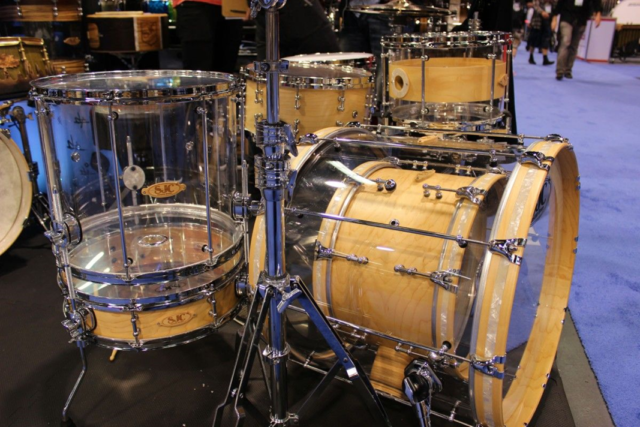Drums are at the core of music, providing rhythm and structure across genres. From ancient rituals to modern concerts, drums have played an essential part in human culture for millennia – yet you may not realize there are so many types of drums! In this article we’ll delve deeper into their types, history, and how special roles such as scimitar drums can play within it all.
Drums History
Drums were one of the earliest musical instruments ever invented, dating back thousands of years to ancient Mesopotamia, Egypt, and Africa. While originally used for communication purposes such as religious ceremonies and military conscription, today they are an integral component of both classical music and contemporary styles alike.
Classification of Drums
Drums can be broadly classified into two main categories: membranophones and idiophones.
Membranophones
Membranophones, also referred to as vibrating membrane drums, produce sound through vibration of their membrane. These drums can often be found in bands and orchestras.
Idiophones
Idiophones produce sound through the material of their instrument itself without using membranes; such drums often made of metal or wood include steel drums and cajons.
Types of Membranophones
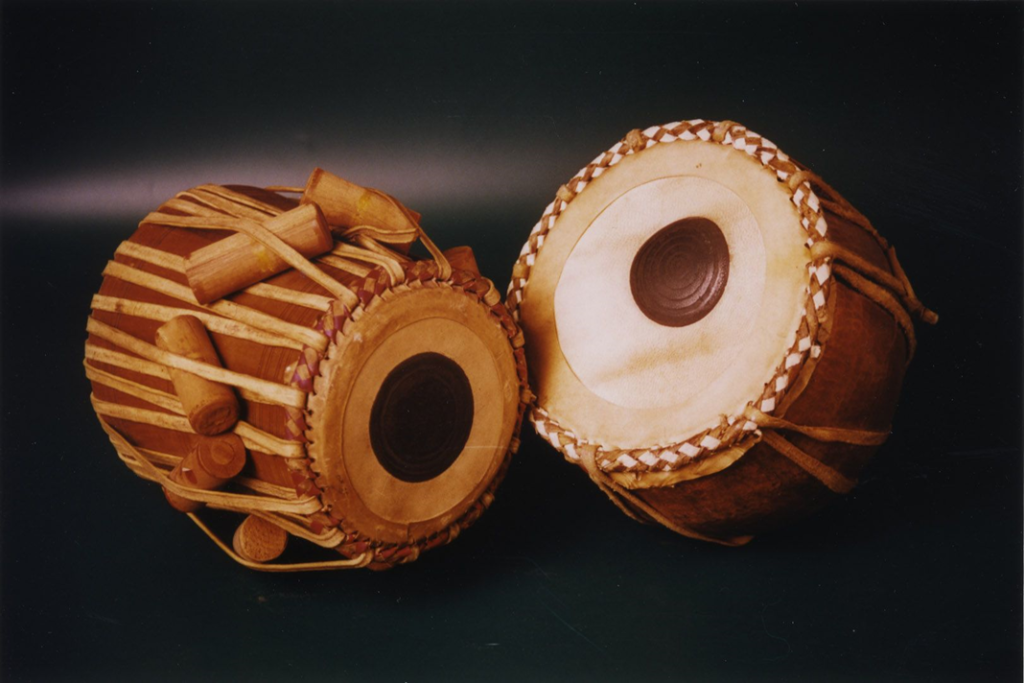
Snare Drum
Snare drums have long been an essential element of both marching bands and drum kits, with its tensioned wire snares strung over its bottom head creating its trademark harsh sound. Snare snare drums can also be found across genres from rock to classical music performances.
Bass Drum
The bass drum is the centerpiece of any standard drum kit, providing deep and resonant “thump” that underpins many musical genres. Variations include kick drums used in drum and bass kits and concert bass drums found in orchestras. Coronation Street Drum and Bass is an innovative genre blend fusing rhythmic elements from drum and bass with iconic sounds from Coronation Street theme song. Drum and Bass drum refers to high-energy electronic genre characterized by fast breakbeats and deep basslines.
Tom-Tom Drum
Tom-toms come in various sizes and are commonly found in drum kits to add variety in terms of tonality. They can either be mounted to or free-standing and played using sticks or mallets; drum toms play an essential part in creating dynamic fills in drumming.
Bongos and Congas
Bongos and congas are essential elements in Afro-Cuban music, featuring small high-pitched bongo drums commonly played in pairs called bongos, while congas feature larger drums with deeper tones producing deeper tones and rhythmic complexity – often played using both hands simultaneously.
Djembe
The goblet-shaped djembe drum, which hails from West Africa, is famed for its wide array of tones. It has long been utilized as part of African drumming ensembles and more recently has gained worldwide acclaim due to its expressive sound. Djembe drummers are musicians skilled in playing this West African drum known for its rich tones and intricate rhythms.
Timpani
Timpani (or kettle drums), used primarily in orchestral music, are large, tunable drums that produce deep and resonant tones when played with mallets. Timpani players add power and dynamics to both classical and contemporary pieces alike by tuning their timpani drums to specific pitches; adding melodic flair.
Types of Idiophones
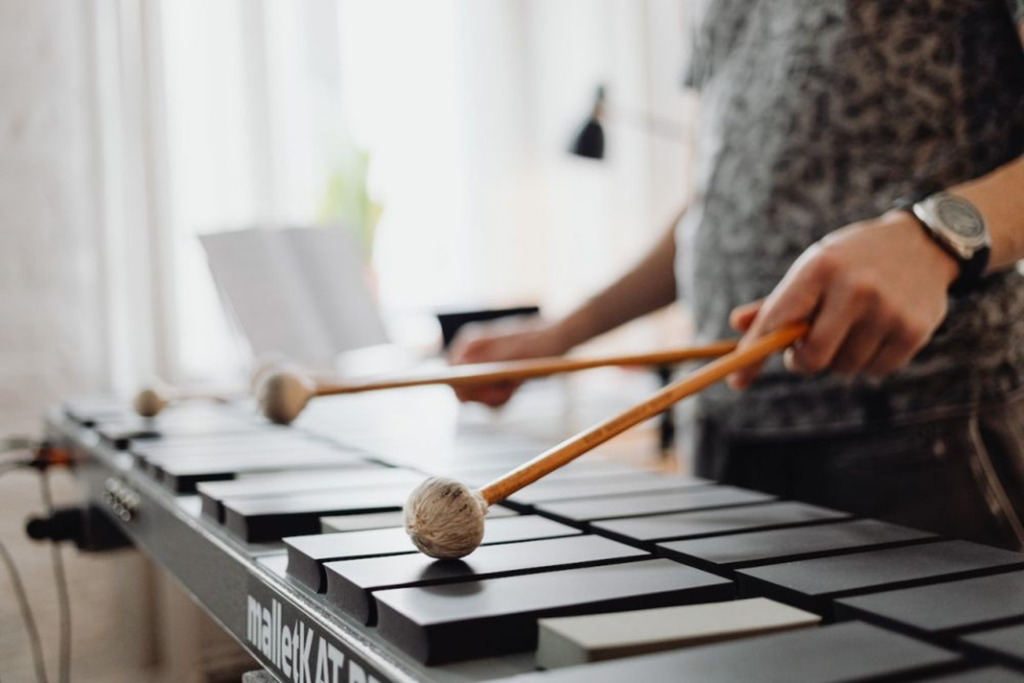
Steel Drums
Steel drums or steel pans, as they’re commonly known in Trinidad and Tobago, originated there and are played with mallets using steel canisters from industries. Producing bright melodic tones when struck with mallets, these steel pans form the centerpiece of Caribbean music. A variant known as the steel tongue drum is also played using tuned tongues or slits made of steel that create resonant harmonic tones when struck.
Cajon
The cajon is a traditional Peruvian percussion instrument in the shape of a box that sounds similar to drum kit when played by slapping its front or back faces with your hands. Jazz, modern music and flamenco genres often include cajon drums in their music repertoire.
Tabla
The tabla is an iconic pair of Indian hand drums renowned for its complex rhythms and tonal qualities, playing an essential part in both classical and popular Indian music traditions.
Electronic Drums
Electronic drums have revolutionized drumming, providing a wide range of sounds and the opportunity to practice quietly. Consisting of pads that trigger electronic sounds when hit, modern electronic drums can reproduce traditional sounds as well as produce unique synthesized tones; making the best electric drum set a top choice for all levels of drummers.
Specialty Drums
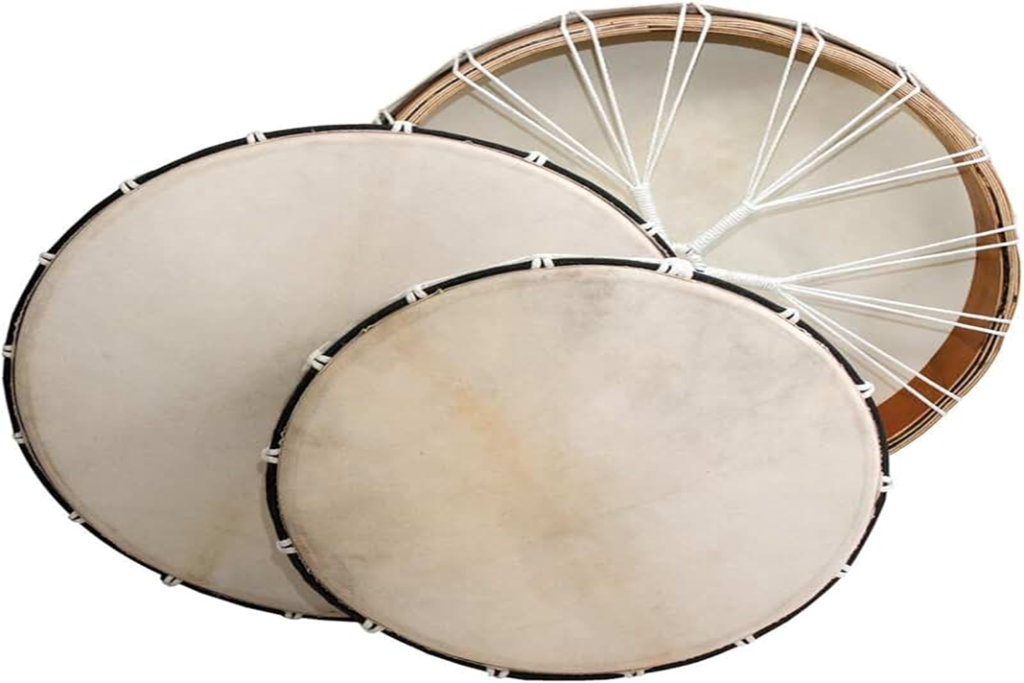
Frame Drum
Frame drums are among the oldest types of drums and have long been part of world cultures’ musical traditions. Composed of a shallow round frame with stretched membrane stretched over it, frame drums can often be found playing folk music or spiritual ceremonies around the world.
Talking Drum
The talking drum is a West African instrument capable of reproducing human speech’s tone and prosody, typically played with a curved stick and modified by tightening or loosening its cords. Once used to communicate across great distances, these instruments became known as talking drums.
Scimitar Drum
The scimitar drum is a distinctive instrument that bears a striking resemblance to a scimitar blade due to its bent design.Scimitar drums stand out visually and audibly with their distinct design and acoustics, as well as being deeply embedded within their regions of origin, often representing traditional craftsmanship while simultaneously offering contemporary innovations.
Musicians sometimes utilize accessories like the scimitar drum wig to add visual impact and drama to their performance, further accentuating its unique sound. Integrating elements like the scimitar drum cymbal can enhance auditory experience by offering more tones and textures for listeners to experience.
A Closer Look to Scimitar Drum
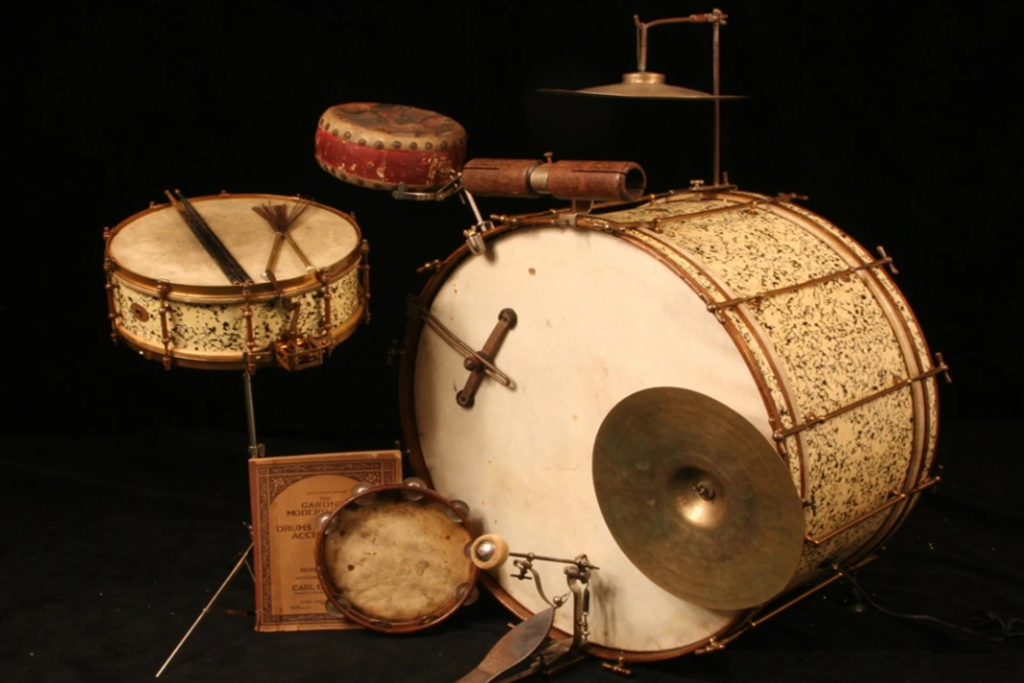
Fore detailed information about Scimitar Drum: Click Here
The scimitar drum’s origins remain somewhat unclear; however, its distinct shape and sound suggest it has its roots in Middle Eastern music. Due to this feature, musicians looking to add something special and distinctive to their performances often prefer using this instrument.
Unique Features
What sets the scimita drum apart is its curvilinear design, making it visually stunning while contributing to its distinct sound. The drum’s membrane stretches over a curved frame, producing deep and resonant tones with powerful yet haunting tones. A scimitar drum wig adds visual element during performances by emphasizing its distinctive form.
Uses in Modern Music
Modern music utilizes the scimitar drum to create an exotic environment, often in fusion genres or world music. Its distinctive sound adds depth and mystery to compositions, making it an invaluable asset for creative musicians. Furthermore, adding metallic accents enhances this instrument even further.
How to Choose the Right Drum
When selecting a drum, consider factors such as the genre of music you play, the sound you want to achieve, and your personal preferences. It’s also important to try out different drums to find the one that feels right for you. Whether you’re drawn to the powerful thump of a bass drum or the melodic tones of a steel drum, choosing the right drum is a deeply personal decision.





























